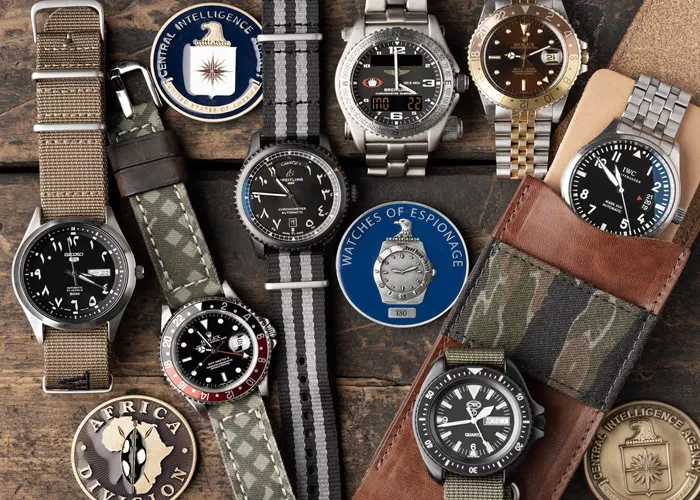The luxury watch sector is grappling with a significant backlash from its most loyal clientele following the Covid-era surge in demand. Long-standing collectors and notable buyers have expressed frustration over deteriorating customer service, with some being sidelined by brand representatives and authorized dealers in favor of bulk deals and unofficial resales.
This dissatisfaction isn’t coming from casual buyers frustrated by limited access to popular models, such as the Rolex “Batman.” Rather, it stems from seasoned collectors who have consistently purchased from the same brands and retailers across generations. Now, as the Covid-driven watch-buying frenzy subsides, brands and dealers are attempting to re-engage these “very important clients” (VICs), offering them product allocations, exclusive launch invitations, and behind-the-scenes factory tours.
The question remains: why were these VIP customers marginalized initially, and what lessons can the industry learn from this fallout?
Within the luxury watch market—and luxury goods more broadly—the term “VIC” is used to identify clients based on spending power and influence. The VIC experience varies widely: for some, it includes lavish perks like first-class flights to private brand salons and personalized shopping experiences, particularly in high jewellery. For others, it may be as simple as a sincere birthday greeting.
A key challenge today is the transparency brought by social media, where client experiences are openly shared and compared. Top-tier collectors who once endured long drives to visit brand factories can feel slighted when social media personalities receive helicopter rides to the same destinations, highlighting inconsistencies in client treatment.
Some argue that uniform treatment across all clients might diminish the exclusivity that luxury buyers expect. Indeed, the level of attention a collector receives often depends on their relationship with a brand and the perceived spending potential. For example, some collectors have been flown by private jet to Patek Philippe’s factory after purchasing a Twenty~4 watch, while others who own highly complicated pieces like minute repeaters may receive no invitations at all.
Two brands stand out for their approach to the VIC experience. Audemars Piguet is known for focusing on top-tier clients through extravagant events and selective guest lists, often sidelining lower-tier buyers. Louis Vuitton, primarily a leather goods powerhouse, offers immersive experiences by renting luxury chalets and villas in exclusive locations like Courchevel and Saint-Tropez, outfitting guests with branded merchandise to create fully shoppable environments. These events typically include international travel and luxury accommodations, all fully funded by the brand.
This trend underscores a broader truth in the luxury watch industry: while collectors often accuse brands of being “spoiled,” it is, paradoxically, the VIC clients themselves who are most pampered. Yet, the novelty and excitement that once characterized watch events have diminished to the point where many clients only engage if they anticipate securing coveted product allocations.
Looking ahead to 2025, the luxury industry’s biggest hurdle is the oversaturation of the “luxury” concept itself. Consumers have grown desensitized and perpetually crave bigger, better, and more extravagant experiences. Smaller brands, such as Unekual, counter this by focusing on exclusivity, discretion, and authentic client relationships—elements often impossible for larger corporations burdened by volume.
Consequently, some collectors have begun switching allegiances, favoring brands that treat them with respect or concentrating their purchases with those that demonstrate loyalty. In extreme cases, buyers have severed ties entirely, selling off their collections or turning to vintage watches—a market niche that smaller entities like Unekual serve.
To attract new VICs, companies like Unekual specialize in rare and unique timepieces, distinguished by condition or unique features, such as one-of-a-kind dial layouts. The transition from modern luxury to vintage collecting can be swift once buyers recognize the unparalleled rarity of older models.
Cartier provides a recent example: while the brand’s Special Order program has made certain models widely accessible—diluting their exclusivity—vintage Cartier pieces, like the original white gold Crash watch produced in limited numbers between 1967 and 1980, remain highly coveted.
Vintage watches embody craftsmanship and historical production techniques no longer available today, offering collectors true masterpieces. Education is critical for understanding these subtleties, and Unekual positions itself as a resource, providing detailed insights into specific watch references and historical periods.
Ultimately, while the VIP experience can encompass many forms, the cornerstone of success in ultra-luxury watchmaking is connection—knowing the client personally and fostering relationships that transcend mere transactions.


